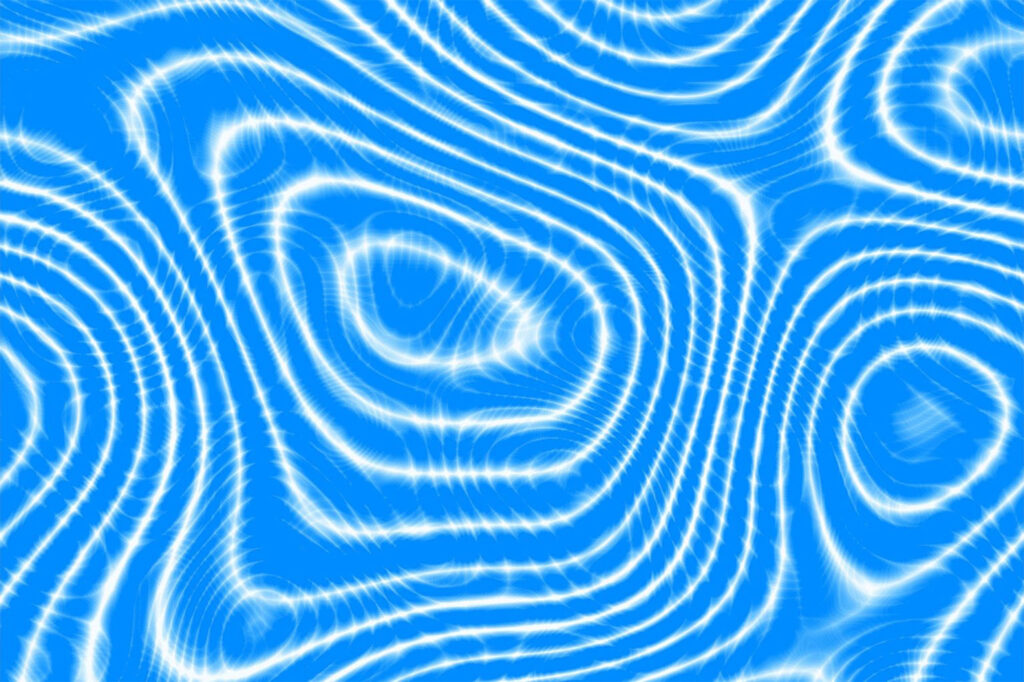Utah Refugee Teens Build Cosmic Ray Detectors
April 11, 2024
This collaborative cosmic ray project connects refugee youth to science
On April 9, 2024, a community of refugee students and their families, scientists, educators and policymakers will celebrate an event three years in the making—the installation of five cosmic ray detectors atop the Department of Workforce Services Refugee Services Office (also known as the Utah Refugee Center) in downtown Salt Lake City. The detectors, which measure echoes of cosmic particles bombarding Earth’s atmosphere, were built by nearly 60 participants in a program called “Investigating the Development of STEM-Positive Identities of Refugee Teens in a Physics Out of School Time Experience (InSPIRE)”, which brings science research—in this case particle physics—to teenagers and contributes to a worldwide effort to measure cosmic ray activity on Earth.
“Refugee youth often encounter many challenges related to STEM, including restricted exposure to STEM education, language barriers, cultural adjustments and a history of interrupted schooling, resulting in a low rate of high school completion and college matriculation among refugee students,” said Tino Nyawelo, principal investigator of InSPIRE and professor of physics and astronomy at the U. “The project conducts research to better understand these challenges and how to best broaden access to and engagement in STEM for refugee youth and other historically disenfranchised populations.”

Tino Nyawelo kicks off the cosmic ray detector installation celebration at the Utah Refugee Services Center on April 9, 2024. (Photo: Todd Anderson)
InSPIRE brings together the University of Utah, Utah State University, Utah Department of Workforce Services Refugee Services Office, as well as the Dutch National Institute for Subatomic Physics (Nikhef) in Amsterdam, to involve teens in real science. Data from the students’ cosmic rays detectors helps us understand the origins of the universe. The celebration is on Tuesday, April 9, at 1:30 p.m. at the Refugee Services Office at 150 N. 1950 W., Salt Lake City, UT 84116. A short ceremony will include speakers from the U, USU and the Refugee Services Office, and two student-participants will be available with research posters to talk about their cosmic ray detection projects.
Funded by a $1.1 million grant from the U.S. National Science Foundation in 2020, InSPIRE explores how refugee teenagers identify with STEM subjects while they participate in a cosmic ray detector-building and research project. Fifty-seven refugee teens spent one-to two-days a week for nearly three years building the detectors while learning the principles of particle physics and computer programming. The students designed their own research projects, posing questions such as whether the moon impacts cosmic rays. While some participants focused on the detectors, others focused on crafting short films on their fellow students’ research journeys. These students are working on a documentary, in partnership with the ArtsBridge America program at the U’s College of Fine Arts.

Neriman (left) and Lina Al Samaray with a poster of their research project, Effect of the Moon on Cosmic Ray Detectors. The high highschoolers used data from existing HiSPARC detectors to investigate whether the moon’s position from the horizon impacted the rate of cosmic rays hitting Earth’s surface.(Photo: Lisa Potter)
InSPIRE is embedded within Refugees Exploring the Foundations of Undergraduate Education In Science (REFUGES), an after school program that Nyawelo founded to support refugee youth in Utah’s school system, who are placed in grade levels corresponding to their ages despite going long periods without formal education. The U’s Center for Science and Mathematics Education (CSME) has housed the REFUGES program since 2012, where it has expanded to include non-refugee students who are underrepresented in STEM fields. Since then, REFUGES has worked closely with the state of Utah’s Department of Workforce Services Refugee Services Office, which serves as a critical link to the refugee community by coordinating comprehensive services to refugees resettled in our state.
“For the past 12 years, the Refugee Services Office has collaborated with the REFUGES program to identify refugee students and their families who need academic assistance and support. Participation in REFUGES keeps these students engaged in their community while also promoting their access to educational opportunities,” said Mario Kligago, director of the Utah RSO. “It’s amazing—what started as a small project funded by a Refugee Services Office grant has grown into a multi-million dollar endeavor backed by national organizations.”
The detector technology is adapted from HiSPARC (High School Project on Astrophysics Research with Cosmics), a collaboration between science institutions that started in the Netherlands, aimed at improving high schoolers’ interest in particle physics. There are now more than 140 student-built detectors on buildings in the Netherlands, Namibia, and the United Kingdom that upload their data 24/7 to publicly available databases. Nikhef in Amsterdam coordinated the project from 2003-2023 and created the initial worldwide network of cosmic ray detection data. Starting in 2024, data on extensive cosmic air showers and the digital HiSPARC infrastructure will be hosted and maintained by the U’s Center for High Performance Computing (CHPC), led by professor Nyawelo.
Read the full article in @TheU.
Watch below the video of the cosmic ray detector deployment in Salt Lake City facilitated by Tino Nyawelo through his REFUGES and INSPIRE programs.







 Marina Gerton
Marina Gerton Moses Samuelson-Lynn
Moses Samuelson-Lynn  Catherine Warner
Catherine Warner